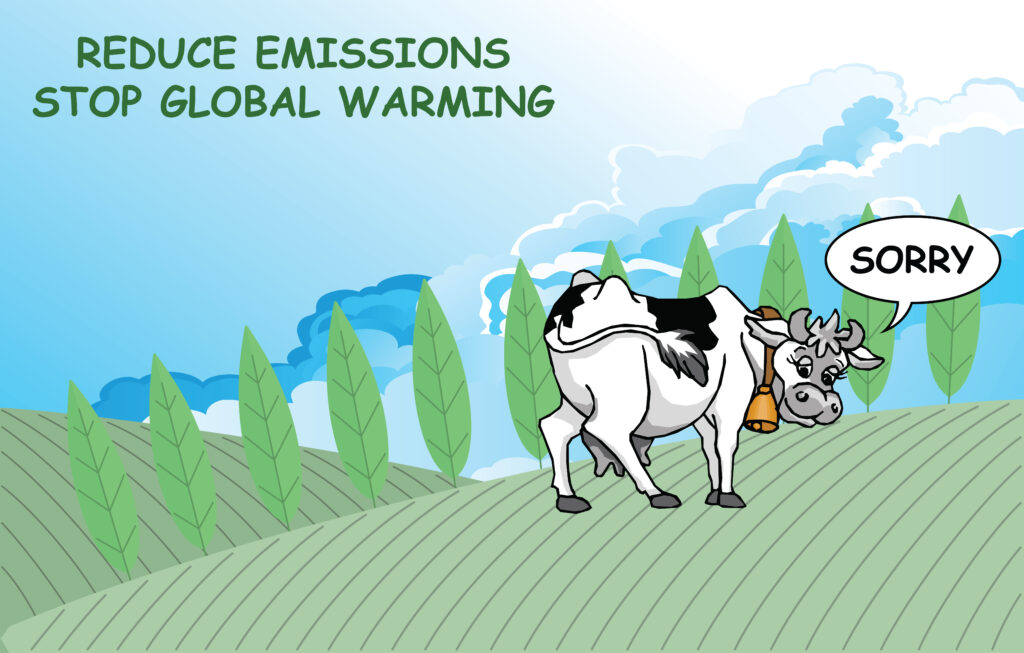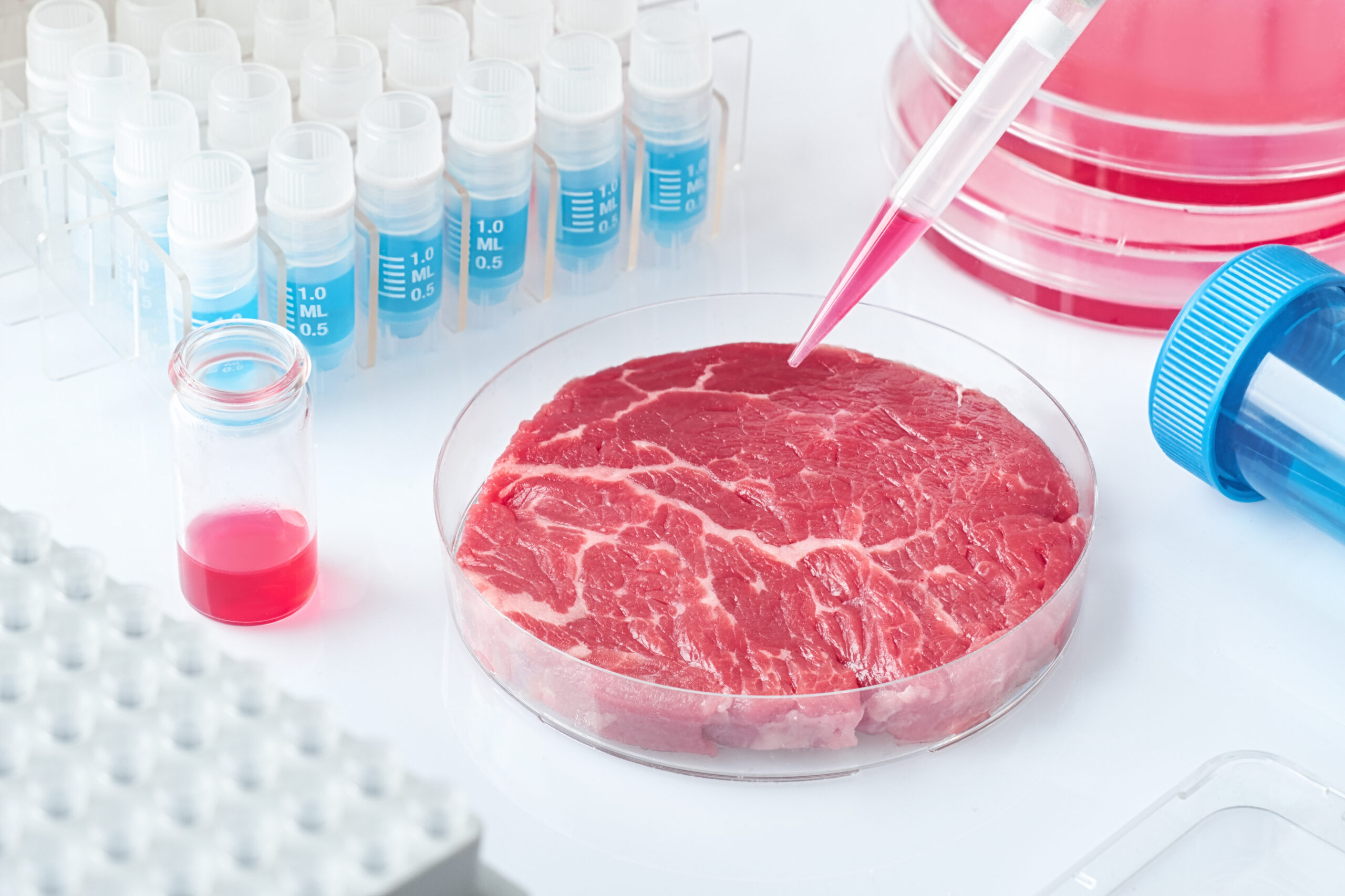Human beings have been eating animals for as far as we know. Despite all debates from vegan propaganda that humans are not meant to eat meat, we know that humans have been eating meat since the beginning! There is no denying that animal products contain a concentrated amount of nutritions. However, something went really wrong on the way of our evolution: We used to hunt animals, and eating animal flesh was a delicacy and rarity; it was by no means an everyday event. Due to the development of agriculture, we caged animals, torture them, we fed them a diet with the only aim to make them grow as fast as possible. Those methods made the animals sick, then we ate those animals, and consequently, we become ill. Things went out of hand!
But can we live without animal products? Many vegan activists claim we absolutely can, but such claims are so far unfeasible. The majority of us are currently eating three times per day some kind of animal product, which is absolutely overindulgence. By no doubt, we should reduce the consumption of animal products! But will the entire population adopt a vegan diet overnight? Probably not! Do we have a solution?
FOOD EVOLUTION:
Fake meat is on the market for several decades. Still, just now, it is gaining significant market popularity due to the rising awareness of the links between slaughterhouses and global warming, animal suffering, abuse, and disease. However, there are some issues here: fake meat produced from plants such as soy, pea, or other plant sources, doesn’t taste like real meat, but even if somehow it does, it doesn’t deliver the same nutrients as real meat!
Technology and innovation brought the real solution: LAB-GROWN MEAT. Cultured meat is meat produced by in vitro cell culture of animal cells instead of from slaughtered animals. It is a form of cellular agriculture. Cultured meat is produced using many of the same tissue engineering techniques traditionally used in regenerative medicine.
WHAT ARE THE BENEFITS OF LAB-GROWN MEAT?
– Reduce or even eliminate animal suffering.
– Provide clean meat without chemicals, antibiotics, and disease, which are the main factors of factory-farmed animals.
– Provide nutritional food for the ever-growing human population. Global human population growth amounts to around 83 million annually or 1.1% per year. The global population has grown from 1 billion in 1800 to 7.8 billion in 2020.
– Less land and water usage: This would likely follow since fewer cows would need to be raised, and they’d require less food. Also, currently, the total amount of water needed – to produce one pound of beef is 1,799 gallons of water.
-Address global warming: Cows produce methane via microbes in their stomachs as they digest their fibrous food, in a process a little like fermentation. Methane is shorter-lived in the atmosphere than carbon dioxide but is more than 30 times as effective at warming the Earth on a 100-year timescale and more than 80 times more potent over 20 years, making it a major greenhouse gas.

– And more
Lab-grown meat might sound like one step too far, scary and futuristic. Yet, we can’t continue closing our eyes every time we bite on this steak that, in fact, this is a dead animal that most likely had terrible living- conditions and was slaughtered to be food on the table. And what about global warming and the challenge to feed the overpopulation on our planet? One might argue that all we need to do is eat grass-fed animals, the lucky ones who had “ supposedly some kind of freedom, ate their natural diet and were killed with “kindness.” And yes, those “ better practices “ do exist, but they are not the majority. It’s unrealistic to believe that we can feed almost eight billion people like this.
Evolution had turned into almost a self-destructive act, but we still have the chance to turn it all around. Food should not be a consequence of suffering, neither a path to disease, which was the case of COVID-19, many types of cancers, diabetes, and premature aging. Many of the technology innovations were hair-raising, ridiculed, and denied at first, but seen today as an inevitable part of our everyday lives.
